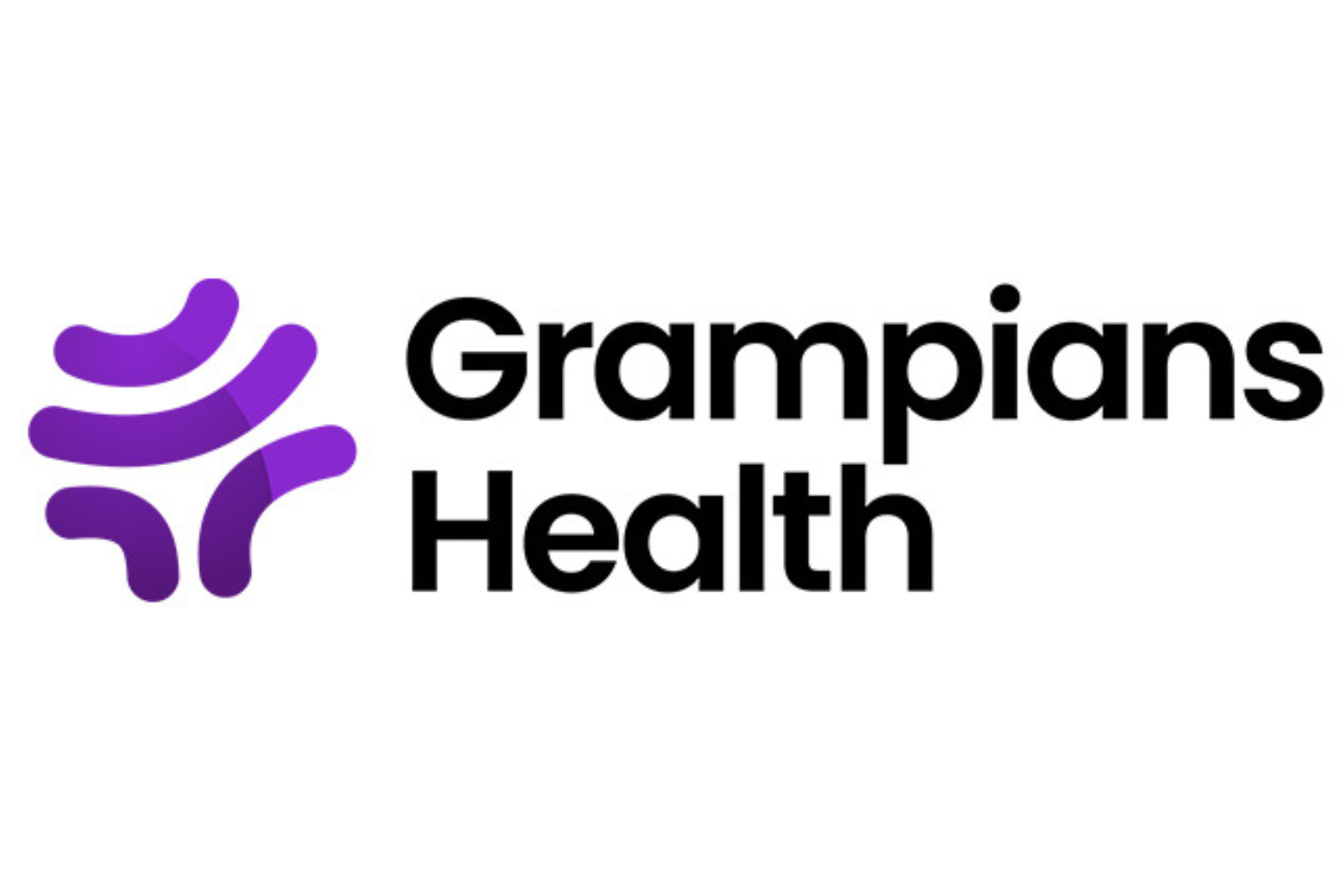Making the Shift in Healthcare Rostering
In November 2021, Wimmera Health Care Group became a part of Grampians Health. The subsequent partnership with Ballarat Health (also part of Grampians Health) provided motivation for Wimmera Health Care Group to align technologies and shift towards a consistent approach in healthcare rostering. In the Wimmera Health Care Group and Ballarat Health Services Strengthening Partnerships Project – Communications and Engagement Report one of the challenges identified by staff was “the different reporting structures and processes that need[ed] to come together… we wouldn’t run two finance systems, two clinical systems etc. They need to be better than what we both have today.”
We recently sat down with Mark Knights, the previous Director of Finance & Corporate Services of Wimmera Health Care Group, Josie Stephens, the Payroll Officer and Project Role, and Amy Everard, the Systems Manager of Remuneration Services of Grampians Health – Ballarat campus to discuss their organisation’s transition from their legacy eRostering solution, to Allocate Optima.
Initially, when their previous solution was implemented, the Horsham campus had visions of moving from a simple time and attendance to a clinically driven roster, that took account of clinical skills, care need as well as reduced roster admin with auto-fill tools Unfortunately, the system fell short and “what we ended up with was really just time and attendance,” Mark Knights explained.
Prior to the establishment of Grampians Health, a larger health service had been managing payroll for Grampians Health – Horsham. Mark explained that while their provider’s “relationship with this health service was good, they had trouble moving beyond basic scheduling towards clinical skill based rostering and had for a couple of years, so I think it was time for us to reconsider software technology we were using.”
“One of the clearest benefits with Allocate Optima was the proven ability to go to the next level, with a care demand driven skills-based roster. We’ve seen demonstrations in New South Wales of what they’ve managed to achieve.” Mark explained when asked about factors contributing to moving solutions.

A smooth transition
Change management is an important part of an organisation accepting a new solution and realising its full potential. The transition from the Horsham campus’s previous solution to Allocate Optima was smooth. Due to staff being already familiar with an eRostering solution, the Horsham campus were able to transfer processes across to a system that better suited their needs, rather than needing to start the process from the beginning. Josie explained: “We were lucky our managers were used to a system based approach. So, it was really just a transfer over on to another more health user centred solution. So, the changes for the staff probably weren’t all that great.” Josie added that “the change was actually pretty smooth: we had the training, but they already had that mindset of adding shifts.”
Mark further explained that Allocate Optima helped them overcome user adoption challenges that had been experienced with other technology; “When people saw a new software technology and saw that it was less clunky, and the screens looked nicer that was quite positive. So, we didn’t get the resistance to adoption.”
The importance of training
Grampians Health – Horsham also reevaluated their implementation approach from the previous system, when it came to Allocate Optima, learning and evolving. “With with Allocate Optima I think it was beneficial that we could do it group-by-group; so, we did it over four groups of staff,” said Mark. Grampians Health – Horsham found that splitting up the training into functional areas; nurses with nurses and finance with finance, created an opportunity for the training to be tailored to that specific group. This approach made it much easier and more accessible to users.
Amy Everard, the Systems Manager of Remuneration Services, explained “I think where a lot of systems fall down is they get implemented, it’s a train the trainer and one person passes on to the next person and every time it passes on, at that bottom level, a little bit of information drops off,” described Amy.
Grampians Health – Horsham kindly act as an unofficial guide on Allocate Optima for the region, with other organisations using Allocate Optima seeking their advice on how best to unlock benefits in their own systems.
A solution working for them
Now that Allocate Optima has been implemented at Grampian Health – Horsham, the feedback from users has been very positive at both of their campuses; “broadly speaking, it’s received very well across the Horsham & Dimboola Campuses”. Mark commented that from a broad perspective “As a user, I find [Allocate Optima] more intuitive and easier to use [than previous systems].” Josie Stephens went on to say “that payroll sign off is a lot more efficient. We’ve got a lot more flexibility with Allocate Optima on where people sit in rosters, whereas previously you could be in one department and one department only. Being able to have staff sit under multiple positions is fantastic. That’s been probably one of the best things I’ve found with Allocate Optima – it’s just a lot more flexible with what the managers can view.”
Aspirations for the future
As Grampians Health matures, the partnership will work towards a “whole of Grampians Health view of the world” and a shift to shared services. Allocate Optima will help to support a single payroll cycle and rostering system, with the intention to streamline processes with skills-based rostering to care demand. The impact could be profound: “If the managers are building the roster and can actually build to their budget, to understand why they are under or over because of the mix of staff that they’ve got on and to see the patient safety and staff wellbeing implications of that – the benefit that would provide would be huge, in terms of control. You’ve got to remember about 75% of our cost, I think it’s gone to nearly 80% in COVID, is wages.”
The visibility within Allocate Optima has the potential to help make sure Grampians Health – Horsham have the right staff in the right place, so their reliance on temporary staff is controlled allowing them to make savings across the campus.
Relationship, over functionality
One of the key insights from the discussion that we at RLDatix gleaned was the value our customers placed on the positive relationship and committed partnership we have with them, more so than just product functionality. Mark described what is important for him in a successful partnership with a software vendor “If you’ve got a software product and you don’t have a good relationship with the vendor, no matter how good the product is, chances are you’ll fail, or you definitely won’t get the most out of the product.”
Amy talked about our Support Desk; “I know if I ring and I get Jivesh or Virginia or some of those people that we’ve built relationships with, [knowing] that it’s in their hands … I’m confident that they can see the urgency of it, they’ll get back to you straight away and they actually listen.”
RLDatix would like to thank Mark Knights, Josie Stephens and Amy Everard for taking the time to sit down and talk to us about their experience with Allocate Optima. Their insights and experience are invaluable learnings for us as an organisation, and we look forward to continuing the partnership with them into the future.




